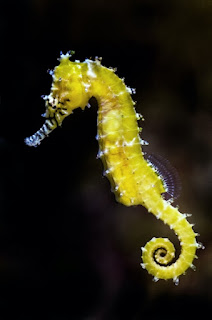Flying Fish Fluster Evolutionists
.jpg)
The word flying is used in some critters such as flying squirrels, but they really do not fly. Glide, yes. Flying fish are enigmatic. Although they do not have wings per se , they use fins as gliders and other fins as propulsion. Also, they have close relatives with similar layouts that do not fly. Disciples of the Bearded Buddha cannot explain powered flight in birds and bats, so flying fish are added and all are evosplained by convergent evolution . That is, they cannot explain single instances of flight, so gullible people will buy it lumped together. Atlantic flying fish, Wikimedia Commons / Ktsharpie (PD) Except for fossils showing that earlier flying fish had evolved the capacity to deploy machine guns on their wings and shoot down adversaries — "You made that up, Cowboy Bob!" Just checking. Something else that gives Darwin the sads is that there is no sign of evolution in the fossil record. One scientist said the fossil record on them is "very poor." I take...

.jpg)
.jpg)



.jpg)
.jpg)
.jpg)
.jpg)
.jpg)

.jpg)

,%20modified%20at%20PhotoFunia.jpg)
.jpg)


